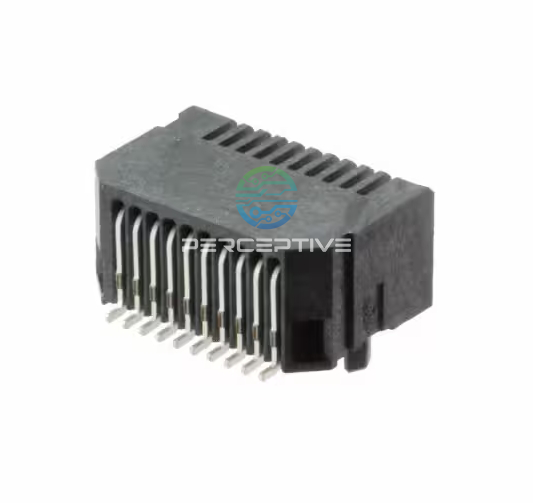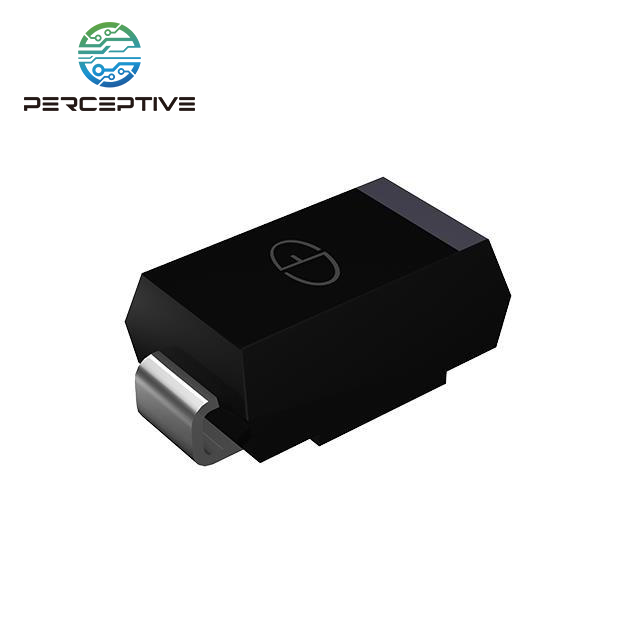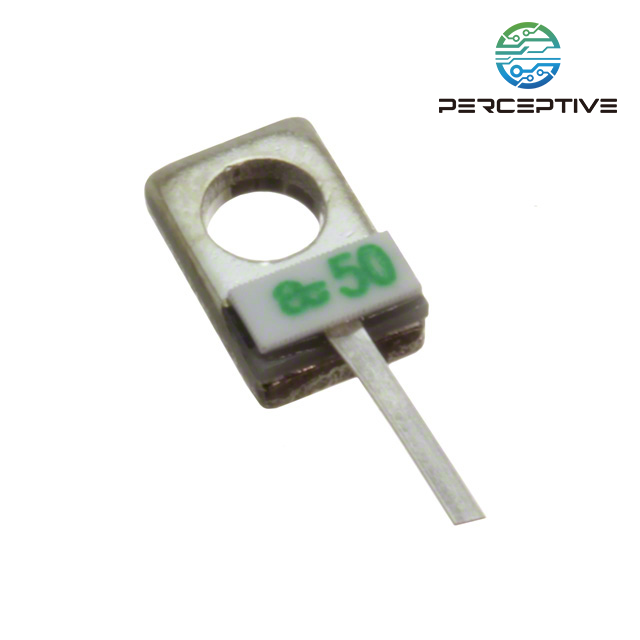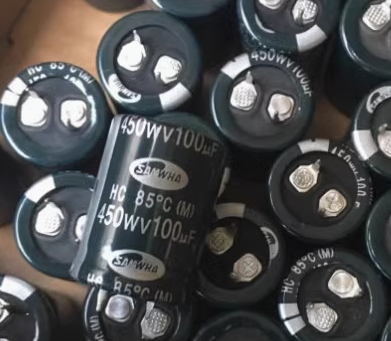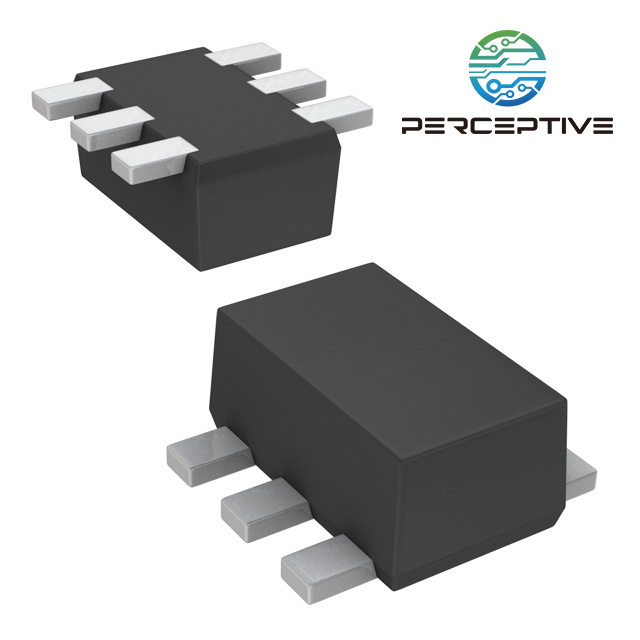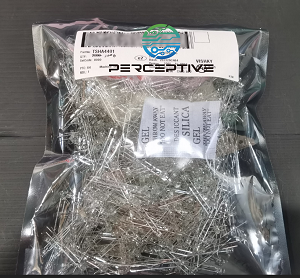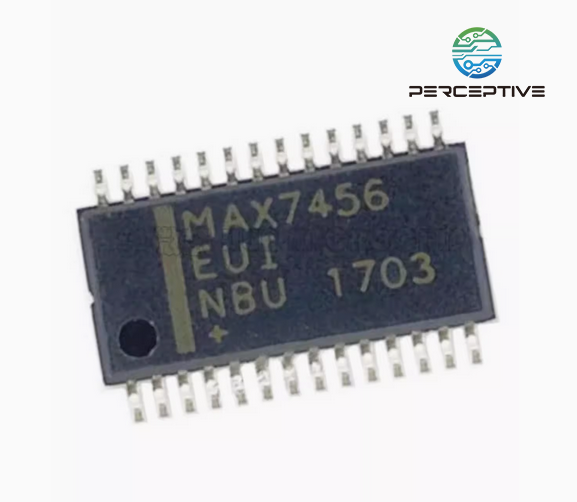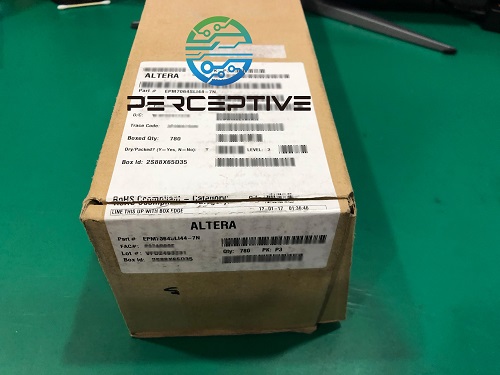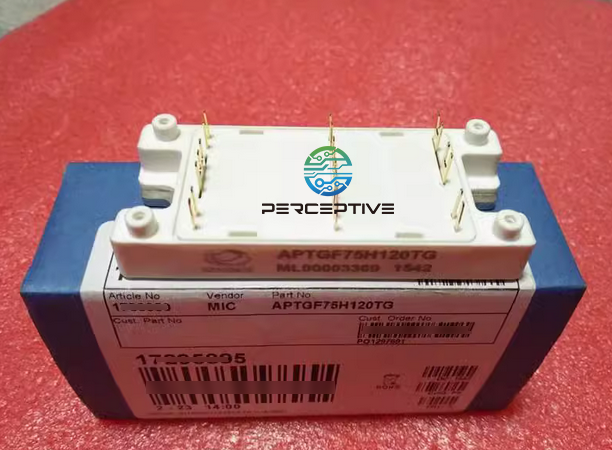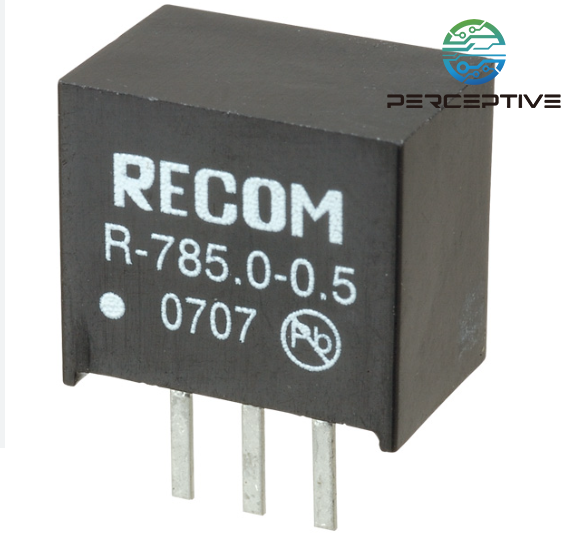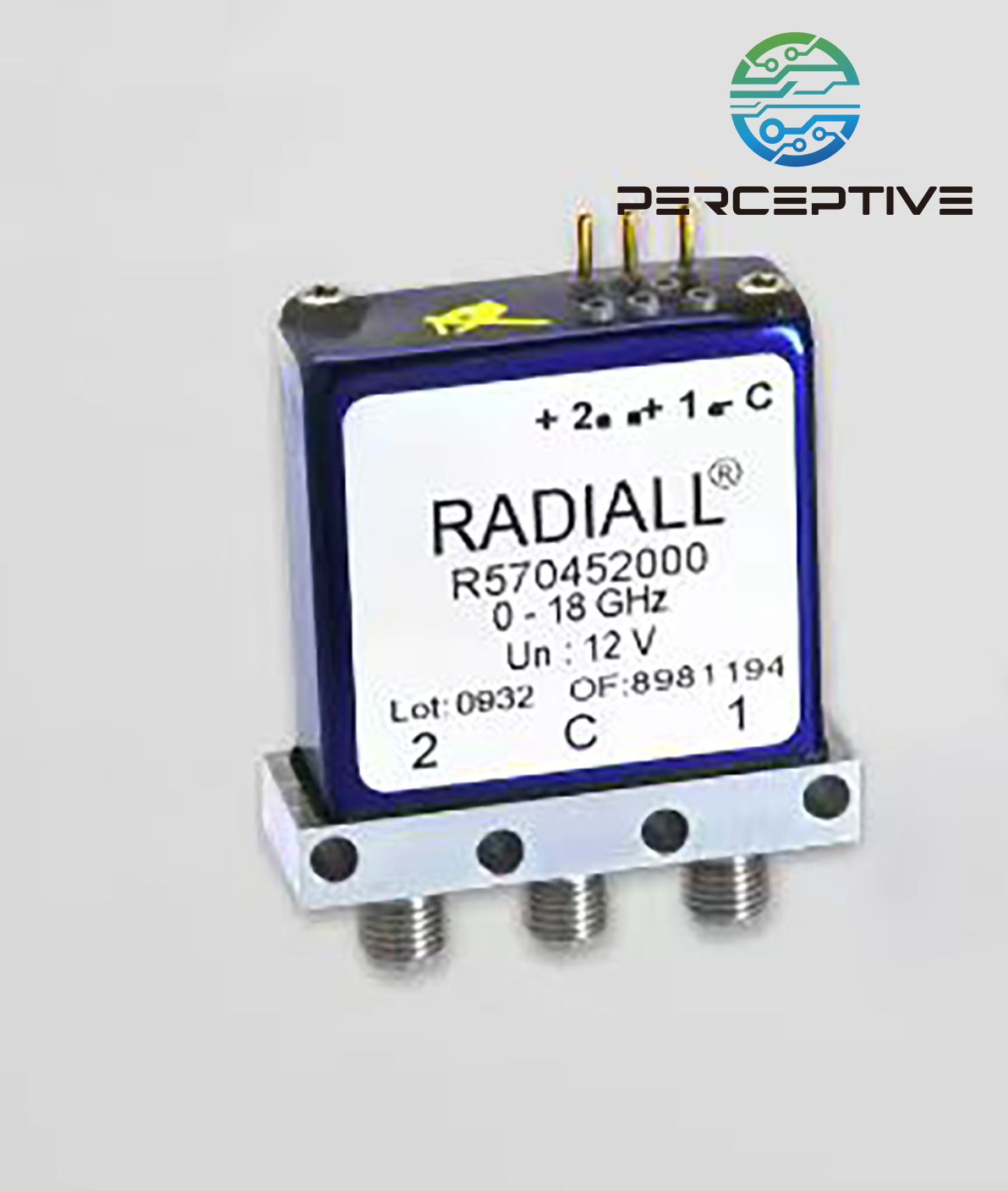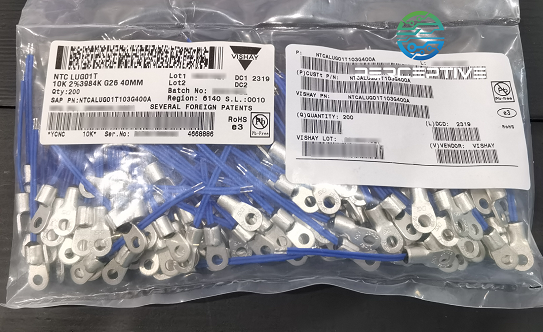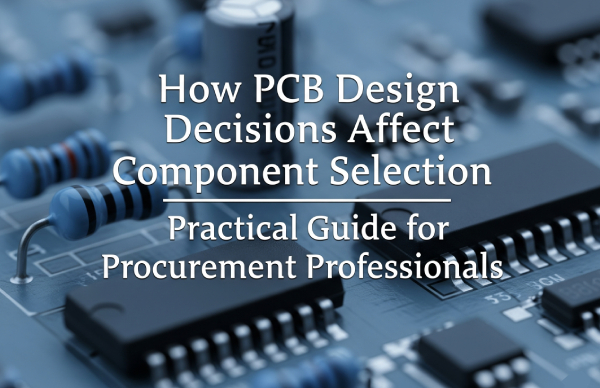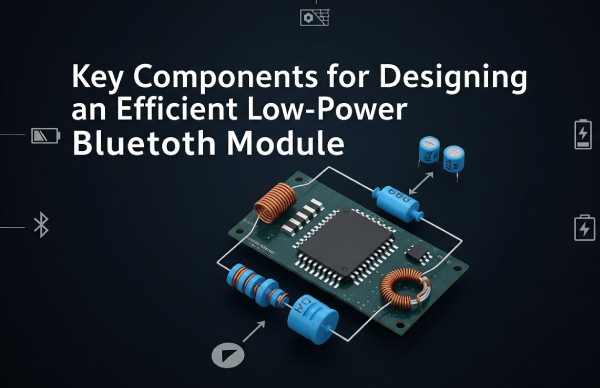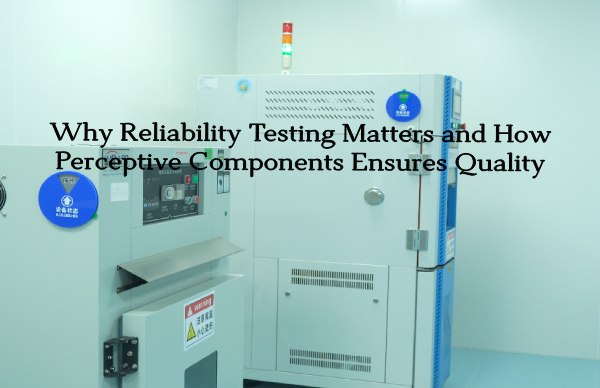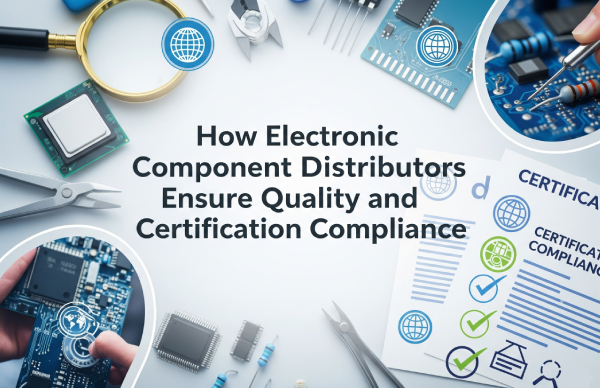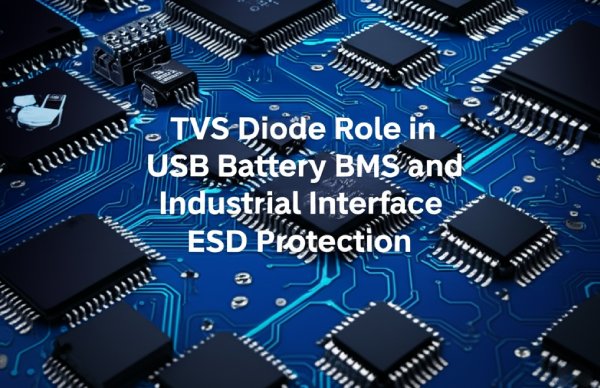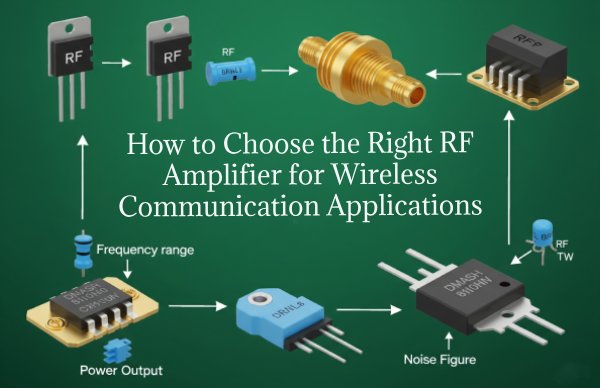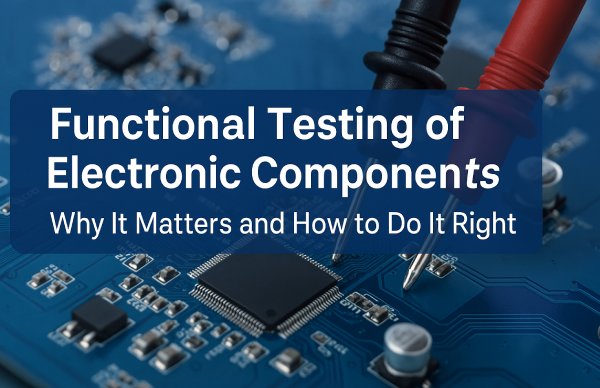Surface defect detection and quality inspection of electronic chips are key steps to ensure their performance and reliability. Here are some common methods and steps:
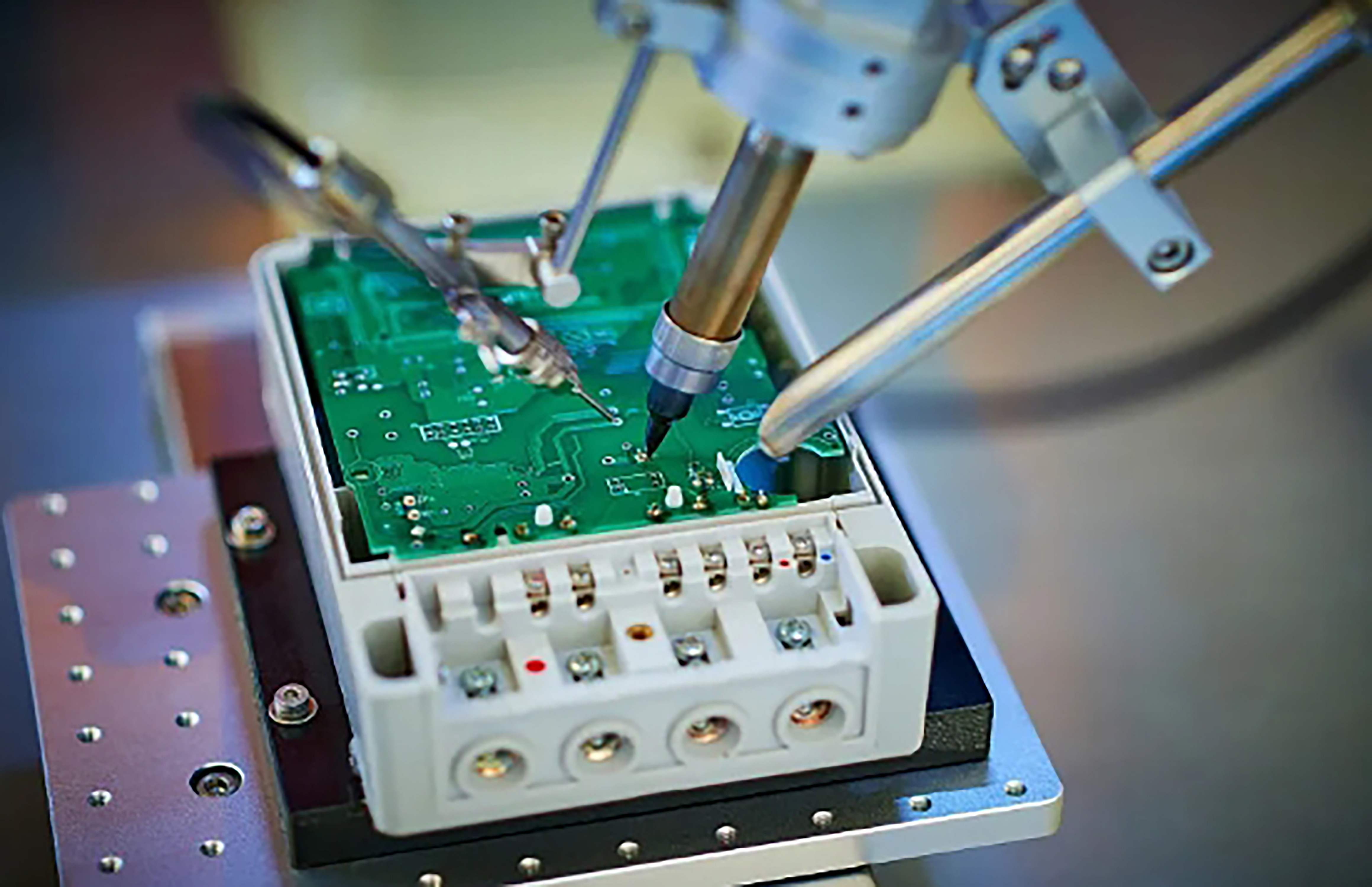
1. Visual Inspection
· Visual inspection: Use a magnifying glass or microscope to visually inspect the chip surface to observe whether there are obvious scratches, cracks, dirt or other defects visible to the naked eye.
· HD camera shooting: Use a high-definition camera to shoot the chip surface for later image analysis.
2. Optical Microscope Inspection
· Microscope observation: Use an optical microscope to observe the chip in more detail to check surface defects, solder joint quality and other microstructures.
3. X-ray Inspection
· X-ray imaging: Use an X-ray system to check the internal structure and welding quality of the chip, especially for packaging types such as BGA (ball grid array) and CSP (chip size package).
· Defect identification: Identify internal defects such as voids, short circuits and poor welding.
4. Scanning Electron Microscope (SEM)
· High-resolution imaging: Use SEM for high-resolution imaging to analyze the microstructure and defects on the chip surface.
· Energy Dispersive Spectroscopy (EDX): Combine EDX with elemental composition analysis to check material compliance.
5. Surface Profile Measurement
· Profiler: Use a surface profiler to measure surface roughness and shape to detect possible defects.
6. Electrical Testing
· Functional Testing: Perform functional testing on the chip to ensure that it can operate normally under normal operating conditions.
· Parameter Testing: Measure key electrical parameters such as current, voltage, and frequency to ensure that they are within the specified range.
7. Thermal Testing
· Thermal Cycle Testing: Evaluate the performance and reliability of the chip under extreme temperature conditions through thermal cycle testing.
· Thermal Imaging: Use a thermal imager to detect the heat distribution of the chip during operation and identify overheating areas.
8. Chemical Analysis
· Material Composition Analysis: Detect the material composition on the chip surface to ensure compliance with specifications and standards.
· Corrosion Testing: Evaluate the corrosion resistance of chip materials under specific environments.
9. Automated Testing
· Machine vision system: Use machine vision system for automated testing to improve testing efficiency and accuracy.
· Image processing algorithm: Apply image processing algorithm to analyze images and automatically identify defects.
The electronic components provided by Perceptive have undergone a strict quality control process. We use a combination of multiple testing methods to detect and inspect the surface defects of electronic chips, and ensure the high quality and reliability of products through regular monitoring.
————————
About Perceptive Components Limited
We are one of the world's leading distributors of semiconductor and electronic components. With 21 years of business experience in the electronic components industry, we have in-depth cooperative relations with thousands of brand manufacturers and agents, focusing on TI, Microchip, NXP, Infineon, Intel, onsemi, ST, Micron.
To learn more about Perceptive, visit perceptive-ic.com. 

